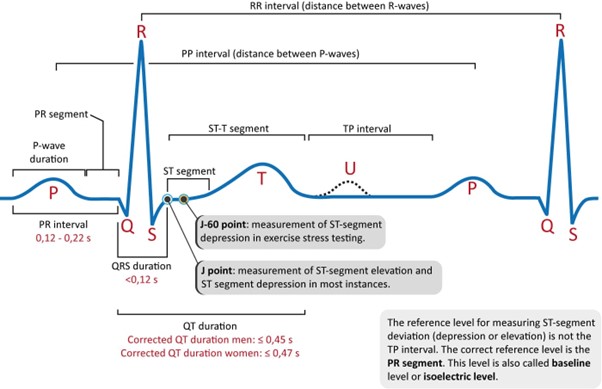A 32-year-old male patient sustains 78% TBSA burn and is currently admitted to the burn unit. Which sequential order would the nurse arrange the events involved in burn shock following a patient's exposure to burns?
Decreased blood volume
Increased Increased vascular permeability
peripheral resistance
Development of edema
The Correct Answer is A,B,D,C
A. Decreased blood volume: Burn injuries can lead to fluid loss, primarily through damaged skin. This fluid loss causes a decrease in blood volume, leading to hypovolemia. Hypovolemia contributes to decreased cardiac output and tissue perfusion.
B. Increased vascular permeability: Burn injuries cause an inflammatory response, leading to increased vascular permeability. This increased permeability allows fluid, electrolytes, and proteins to leak from the intravascular space into the interstitial space.
C. Development of edema: The increased vascular permeability and fluid leakage lead to the development of edema. Edema occurs as fluid accumulates in the interstitial spaces, further contributing to tissue swelling and compromised perfusion.
D. Increased peripheral resistance: In response to decreased blood volume and tissue hypoperfusion, the body activates compensatory mechanisms to maintain blood pressure and tissue perfusion. One of these mechanisms is increased peripheral resistance, which occurs as blood vessels constrict to maintain blood pressure. Increased peripheral resistance helps redirect blood flow to vital organs but also contributes to increased workload on the heart.
Therefore, the correct sequential order of events involved in burn shock following a patient's exposure to burns is:
A. Decreased blood volume B. Increased vascular permeability D. Development of edema C. Increased peripheral resistance
Nursing Test Bank
Naxlex Comprehensive Predictor Exams
Related Questions
Correct Answer is A
Explanation
The QTc (corrected QT) interval is a measure of the time it takes for the ventricles to depolarize and repolarize during a cardiac cycle. It is corrected for heart rate (HR) to account for variations in the cardiac cycle length.
The normal range for the QTc interval varies depending on the calculation method used but generally falls within 0.36 to 0.44 seconds. In the given options, the range of 0.33 to 0.47 seconds for the QTc interval is wider than the normal range, suggesting a prolonged QTc interval, which can be indicative of a potential risk for arrhythmias, including ventricular tachycardia and torsades de pointes.
B. QT interval that varies with HR in (option B) is normal because The QT interval alone can vary with heart rate, and this is considered a normal physiological adaptation.
C. QRS interval <0.12 seconds in (option C) is normal because The QRS interval represents the time it takes for ventricular depolarization and is normally less than 0.12 seconds.
D. PR interval 0.12 to 0.24 seconds in (option D) is normal because The PR interval represents the time it takes for atrial depolarization and conduction through the AV node. The normal range is typically 0.12 to 0.20 seconds.

Correct Answer is C
Explanation
This method, known as the 6-second method, involves counting the number of QRS complexes in a 6-second interval on the electrocardiogram (ECG) strip and then multiplying that number by 10 to calculate the heart rate per minute. The advantage of this method is that it provides a relatively quick estimate of the heart rate.
A. Printing a 1-minute ECG strip and counting the number of QRS complexes in (option A) is incorrect because it can be time-consuming and may not be practical in situations where a quick estimate is needed.
B. Calculating the number of small squares between one QRS complex and the next and dividing into 1500 in (option B) is incorrect because it is a method used to calculate heart rate, known as the "1500 method," but it is not as quick as the 6-second method and requires more time and measurement precision.
D. Counting the number of large squares in the R-R interval and dividing by 300 is another method used to calculate heart rate, known as the "300 method," but it is also less quick and less accurate for assessing heart rate in patients with regular rhythms.
It's important to note that if the heart rhythm is irregular, these methods may not provide an accurate estimate of the heart rate, and a longer monitoring period or a different approach may be necessary.
Whether you are a student looking to ace your exams or a practicing nurse seeking to enhance your expertise , our nursing education contents will empower you with the confidence and competence to make a difference in the lives of patients and become a respected leader in the healthcare field.
Visit Naxlex, invest in your future and unlock endless possibilities with our unparalleled nursing education contents today
Report Wrong Answer on the Current Question
Do you disagree with the answer? If yes, what is your expected answer? Explain.
Kindly be descriptive with the issue you are facing.
